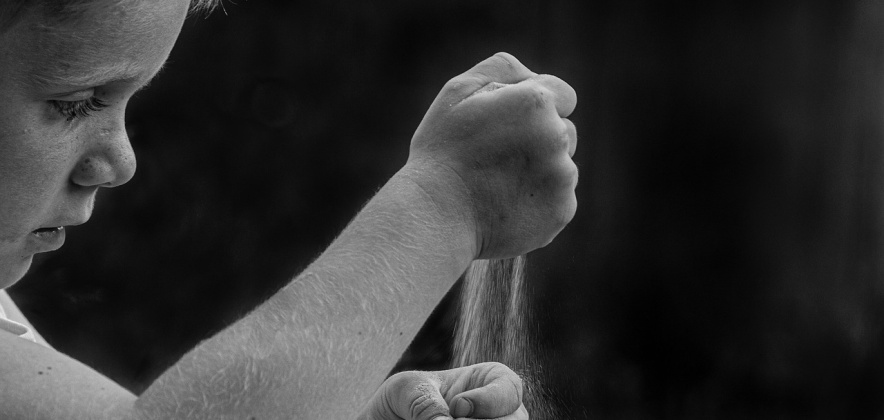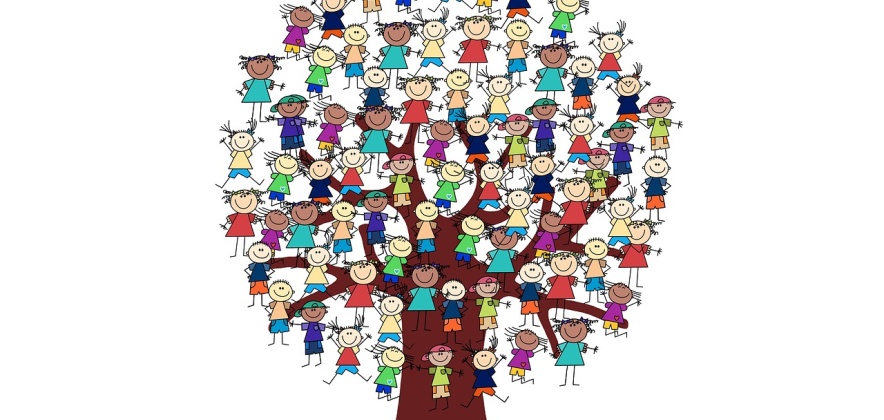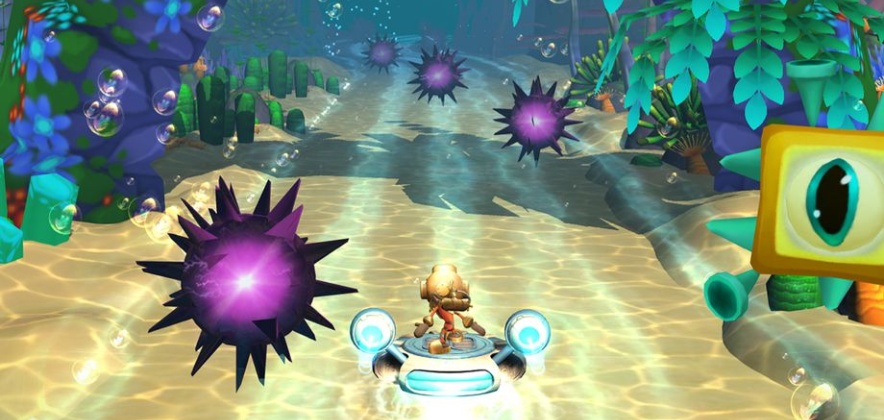
Using devices and of self-narration can be essential for those who experience multiple forms of inconvenience and think they cannot find their way in their lives, losing the meaning. They represent a toolbox for rediscovering who one is, for understanding what one has to do for what one wants to become, for relating to the world and events [...] for mediating one's thoughts and what one communicates (Giardina, 2020, pp. 81-83), to interweave one's own story with those of one's peers and to understand their meaning (Demetrio, 1996), to know oneself better, to evolve and rediscover the capacity for action, to be able to choose and decide in the difficulties one encounters along the way (Mansolillo, 2020, p. 43), to develop social and relational skills and transform one's behaviour (Saladino et al, 2021). For adolescents, they can represent tools to orient themselves and enable 'safe navigation' in the changing ocean of complexitỳ, safe because addressed with appropriate tools. (Batini, 2018, 2019, 2020). The contribution aims to analyse a moment of self-training with pupils of a school of Taranto city in which self-narration devices were used to understand the inner world, the representation of reality, the expectations of children inserted in scholastic and territorial contexts characterised by social and cultural fragility, with the aim of highlighting possible situations of drop-out.
 Classified "A" by ANVUR in the fields 11/D1, 11/D2 Scientific in the field 14.
Classified "A" by ANVUR in the fields 11/D1, 11/D2 Scientific in the field 14.









